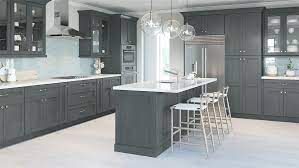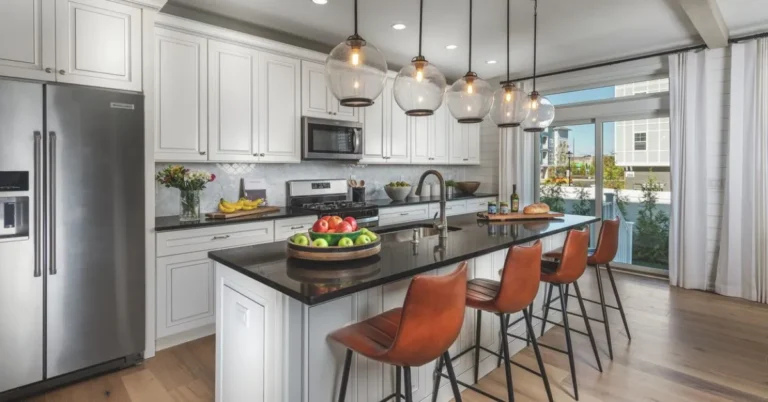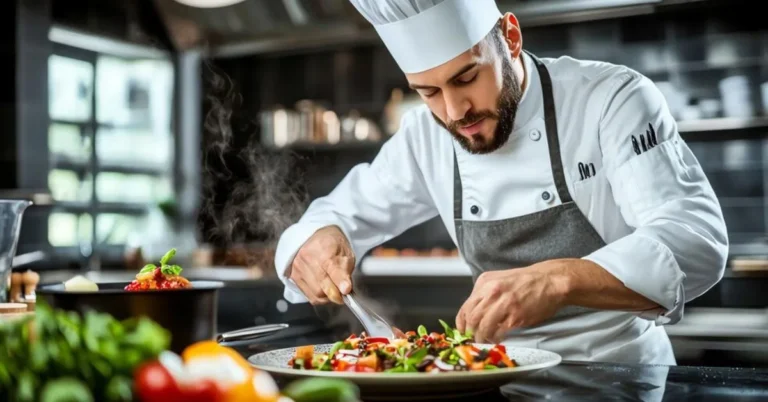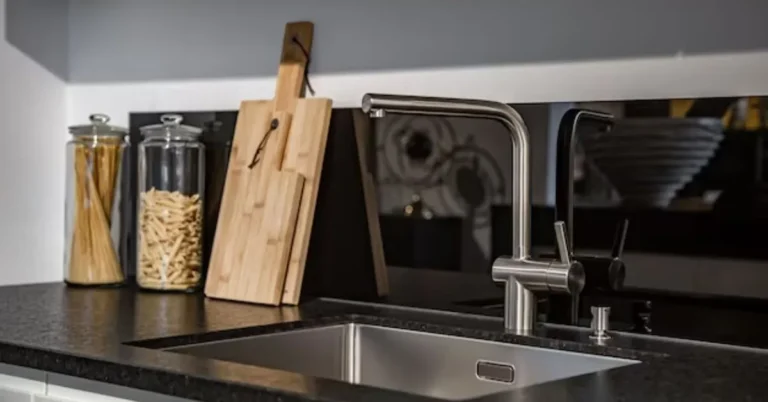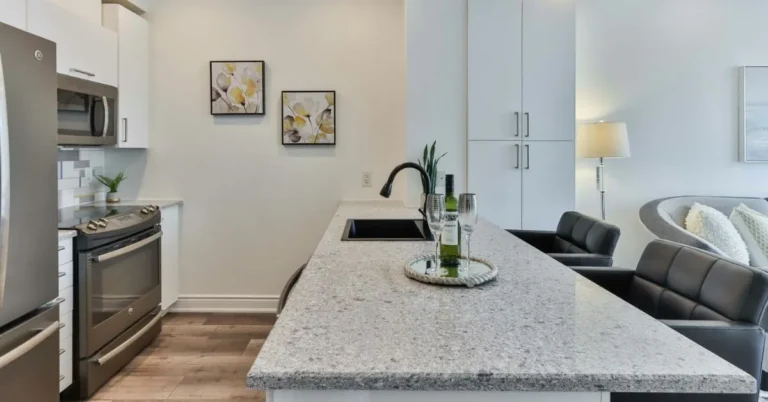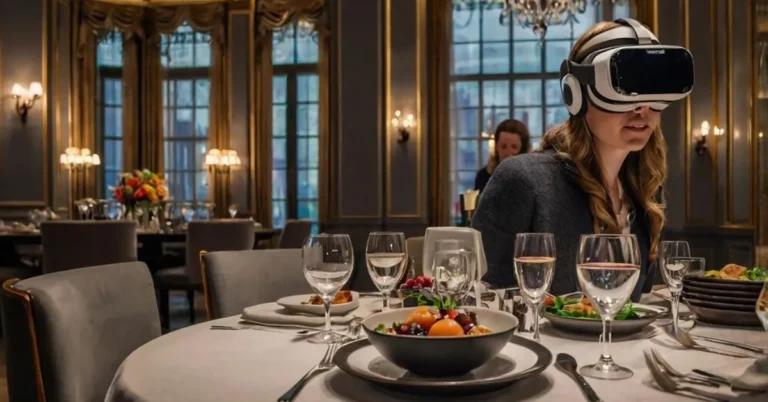Kitchen Cabinets Enhancing Functionality and Style
Often called the “heart of the home,” the kitchen is where families get together, have meals, and create memories. Cabinets are one of the most important components of a practical kitchen. These not only offer storage options, but they also greatly improve the room’s overall attractiveness. Kitchen cabinets are essential for both organization and appearance, serving a variety of purposes from displaying ornamental objects to storing cookware and utensils.
Types of Kitchen Cabinets
There are many different kinds of kitchen cabinets, and each one has a distinct function that maximizes storage and usability. Base cabinets are vital storage for pots, pans, and larger kitchen items. They are usually found beneath counters. Wall cabinets provide extra storage without taking up any floor space; they are installed on the walls above counters. Products like brooms, mop handles, and pantry supplies are best kept in tall cabinets, which are frequently floor to ceiling units.
Materials Used in Kitchen Cabinets
The cost, durability, and beauty of kitchen cabinets are significantly influenced by the material used in their construction. With selections ranging from oak and maple to cherry and pine, wood cabinets radiate warmth and charm. Metal cabinets, such those composed of stainless steel, are renowned for their strength and ability to withstand heat and dampness. They also provide a sleek, contemporary appearance. An affordable substitute are laminate cabinets, which come in a variety of hues and textures to complement any kitchen design.
Design and Style Options
A wide variety of designs and styles are available for kitchen cabinets to match any kitchen’s decor. Raised panel doors and ornate molding are just two examples of the fine features that give traditional cabinets their timeless beauty. For individuals who like a modern style, modern cabinets have sleek finishes, simple hardware, and clean lines. Modern and classic design elements are combined in contemporary cabinets to provide a flexible solution that appeals to a wide range of tastes.
Cabinet Construction
There are two main types of kitchen cabinet construction: framed and frameless. Traditional in style, framed cabinets have a face frame fastened to the front of the cabinet box for added stability and strength. European-style cabinets, sometimes referred to as frameless cabinets, lack a face frame, giving them a smooth, seamless appearance. To obtain the ideal appearance and usefulness, additional customization is possible with regard to cabinet door types and hardware selections.
Popular Brands
There are many brands to choose from when selecting kitchen cabinets, and each one offers a special combination of price, style, and quality. IKEA is a well-liked option for do-it-yourselfers because of its affordable options and sophisticated designs. KraftMaid is well-known for its bespoke cabinets, which enable homeowners to design a kitchen that is unique to their needs. Merillat makes sure there is something for every taste and budget with its extensive selection of finishes and designs, which vary from traditional to modern.
Cost Considerations
Depending on components, construction, and brand, kitchen cabinet prices might vary dramatically. For individuals looking for an affordable choice without compromising on quality or style, there are options that fit a tight budget. Mid-range alternatives come in a variety of styles and finishes and provide a good balance between price and durability. For those looking to invest in a high-end kitchen, luxury alternatives provide quality materials, customisable features, and excellent craftsmanship.
Installation Process
Kitchen cabinet installation can be a difficult task that needs careful planning and close attention to detail. In order to ensure correct alignment, stability, and performance, professional installation is advised, even if some homeowners may choose to DIY in order to save money. Measuring and marking the layout, assembling and fastening the cabinets, and fastening doors, drawers, and hardware are the usual steps in the installation procedure.
Maintenance Tips
Kitchen cabinet installation can be a difficult task that needs careful planning and close attention to detail. In order to ensure correct alignment, stability, and performance, professional installation is advised, even if some homeowners may choose to DIY in order to save money. Measuring and marking the layout, assembling and fastening the cabinets, and fastening doors, drawers, and hardware are the usual steps in the installation procedure.
Customization Options
Homeowners can tailor their area to fit their own wants and tastes by customizing their kitchen cabinets. You may achieve a unified style that goes well with the design of your kitchen by using custom colors and finishes. Specialty storage options increase accessibility and make cooking and meal preparation more efficient and pleasurable. Examples of these solutions are pull-out spice racks, drawer dividers, and pantry organizers.
Eco-Friendly Choices
There are several eco-friendly kitchen cabinet solutions available for people that care about the environment. Choosing eco-friendly materials for the kitchen, like bamboo or salvaged wood, not only improves the space’s natural aesthetic but also lessens its impact on the environment. Energy-efficient solutions reduce indoor air pollution and energy consumption, making living spaces healthier and more environmentally friendly. Examples of these solutions are LED lighting and low-VOC coatings.
Trends in Kitchen Cabinet Design
Keeping up with the most recent developments in kitchen cabinet design will assist you in designing a chic and useful area that captures the essence of your individuality and way of life. Open shelving is becoming more and more common since it offers a sleek substitute for conventional cabinets and makes it simple to access cookware and dishes. Two-tone cabinets give the kitchen visual richness and depth by having contrasting upper and lower cabinet colors or finishes. Convenient storage options that improve efficiency include built-in charging stations, corner cabinets with revolving shelves, and garbage cans that pull out.
Importance of Proper Storage
Having a clean, clutter-free kitchen requires efficient storage options. Making the most of every square inch of storage space, from ceiling-mounted shelves to under-cabinet racks, guarantees that everything has a home and is accessible when needed. Appliances and utensils can be arranged to reduce visual clutter, increase productivity, and enhance the pleasure of cooking and meal preparation.
Impact on Kitchen Aesthetics
Kitchen cabinets have a big impact on how the kitchen looks overall, in addition to its useful purpose. Whether it’s a sleek, modern culinary haven or a quaint farmhouse kitchen, the color, style, and design of the cabinets can set the tone for the entire area. Selecting the appropriate cabinets can improve the kitchen’s overall atmosphere, establish a focal point, and direct the eye upward to visibly enlarge the area.
Conclusion
To sum up, kitchen cabinets are a necessary part of a practical and fashionable kitchen. Cabinets play an important part in determining the overall look and feel of the room, from offering storage options to improving aesthetics. Through comprehension of the various varieties, components, layouts, and personalization choices accessible, homeowners can design a kitchen that fulfills their functional requirements while also showcasing their own preferences and way of life.
